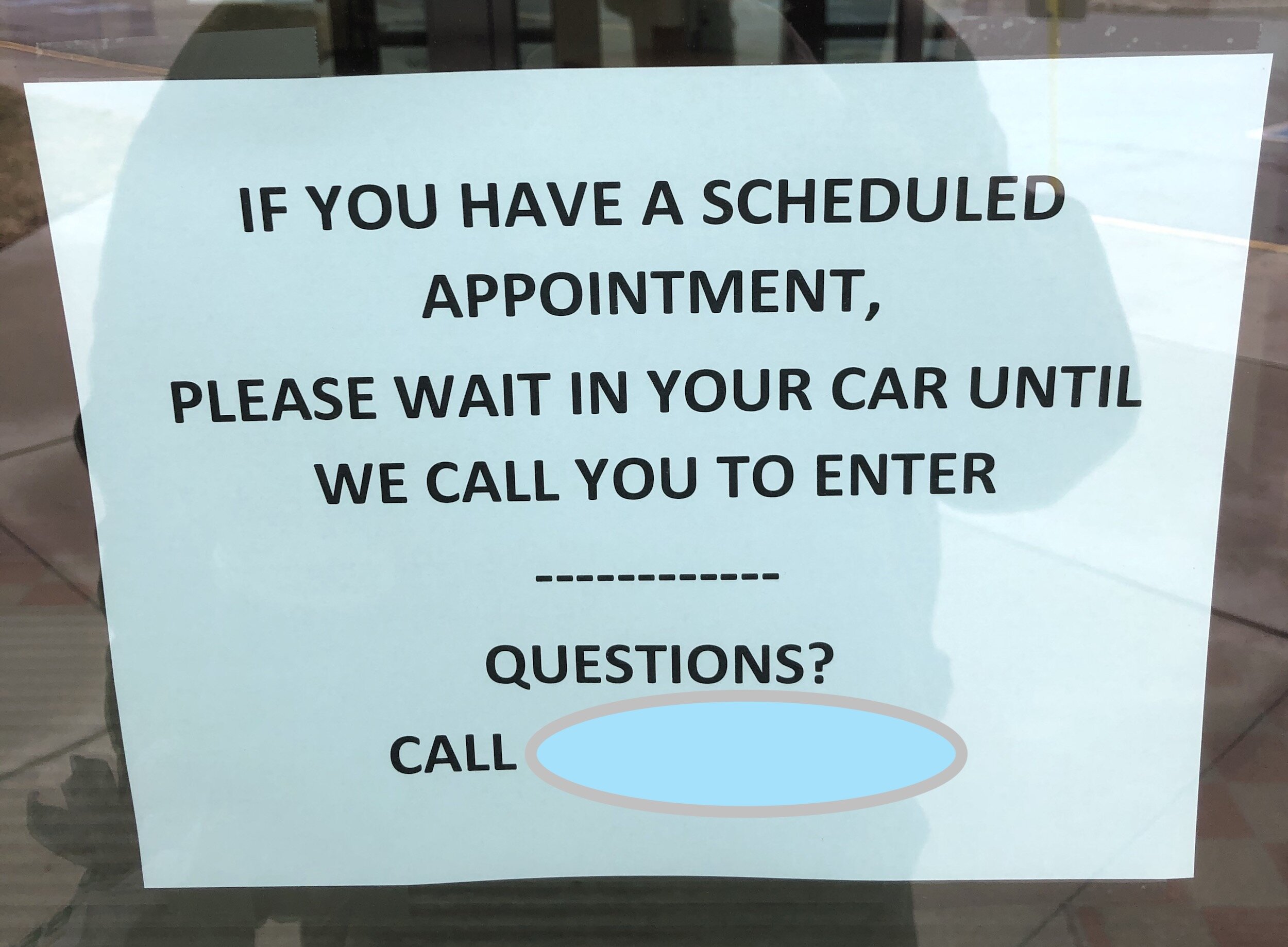Apple logo: Wikipedia
Simplification . . . Yes, KISS** is still good advice!
In his book, Boundaries for Leaders, Dr. Henry Cloud tells the story of Steve Jobs, who—having returned to Apple as CEO, brought clarity to the struggling organization—eventually driving success by eliminating 70% of their models and products. How did he do this? By having a clear vision of what Apple was and was not. Jobs, while sitting in a product strategy session, shouted, “Stop! This is Crazy!” and going to the whiteboard, drew a four-cell chart. “Here’s what we need,” he said—then he wrote “Consumer” and “Pro” across the top of the two columns and followed this by labeling the rows “Desktop” and “Portable.” “Their job,” he said, “was to make four great products, one for each quadrant.
Simple. Elegant. Apple. Great at what it does. Different.
Often times in business we over-think ourselves. We move, naturally, toward more complexity—believing that “more is better,” that complexity or more choices creates more value, right? But experts remind us that focus, clarity, and quality are often driven by parsimony . . . simplicity if you will . . . and may be more important than complexity. (Think of your T.V. remote. Do you really want more options?)
How about your business? Have you driven your strategic planning to parsimony? Have you achieved Job’s level of clarity? If you quizzed your board, employees, vendors, customers, would they all describe what you do in the same terms? Are you clear what and whom you are and what you are not?
One Example
At HSC, we have focused on developing this clarity and created four core products—one for each market segment and product level. This clarification of our vision has driven us to focus on continual development of these products and prevented being “distracted” by pouring energy into new ancillary products that take the focus off what we do best.
For example, a recent conversation with a business owner lead to the discussion of an “opportunity” to develop a product to help private pilots deal with the anxiety of flying—particularly the additive stresses of landing. An interesting, and tempting, thought given our background in mental health, mindfulness, and training. Should we do it? Should we invest energy in developing expertise in this “problem” and create a training to meet this need? Well, focusing on our core model helps get to an answer . . . does it focus on our customers? Not clearly. Is it a service we offer? No. So, unless we change our strategic plan, this is not an opportunity that we would pursue.
Maybe it will help you to do the same.
Like Steve Job’s example, we divided our table into two segments: our market segments and our product lines. Here’s a representation of our model for comparison:
Keynote slide on our four core products.
Notice that we have two primary markets: Organizations (including family business) and Professionals. We also have two distinct product lines: Services and Training. Our four core products then are located in the yellow cells. cross-referenced by these four variables.
What issues are each of our core products focused on improving"?
Organizations:
Human Systems Consulting: There are many ways to implement a successful business plan. In almost all cases, the plans depend on people to carry them out. Our core consulting service is designed to help resolve issues related to the human element. Challenges with culture, motivation, conflict, performance . . . all the human variables that interfere with high functioning.
Team Player Skill Development: People behave as they have been conditioned to behave. Reach out your hand toward someone raised in the USA and they, involuntarily and instinctively, extend their hand toward yours. But that rationale “act” of shaking hands is not universal—it is a conditioned response. villagers in asian countries may not respond in the same way. Employees need training that does not simply “tell them” how to do something different they need to practice. Our training is to start the process of practicing new, functional behaviors that create good team functioning.
Professionals:
Leading Edge* Coaching: Professionals want new ways to practice and pay their bills. But most are “locked into” a health care model dependent on insurance reimbursement. We help professionals develop private practice contracts and to develop a consulting practice through personalized coaching sessions. our coaching process is designed to help identify opportunities, understand how to apply their skills and knowledge to contracting, create marketing plans, develop their fee structure and generally support professionals developing private practice contracts and consulting work.
IMPACT Model*: For professionals ready to jump into contracting and consulting, provide and introduction to the contracting/consultation process we have developed over 20 plus years, to give them a road map on how to work with organizations. We have trained professionals on our marketing/consulting model in national conferences, on-line trainings, and in person workshops.
Well, that’s it. Our four products, one in each quadrant to serve organizations and professionals.
Special note: Interested parties can check our availability for training/services by contacting us. Please note that due to demand, we typically schedule trainings a year in advance. Other services are on a first come, first served basis, and subject to the availability of a consultant at that time.
**KISS acronym for “Keep It Simple, Stupid!”












































